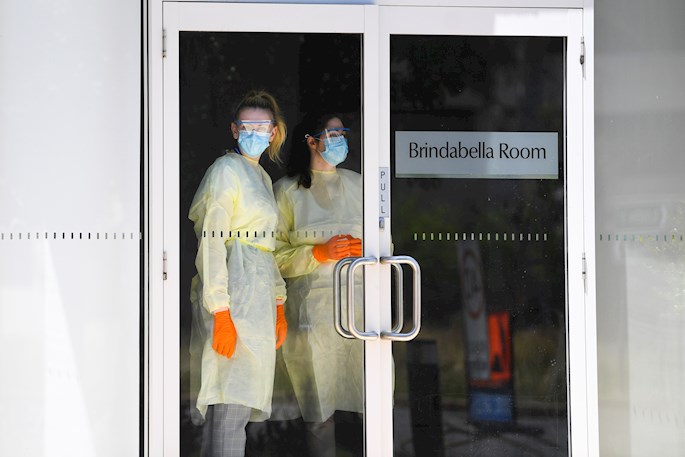Australian scientists develop method to source Covid-19 cases within hours
Published : 10 Dec 2020, 13:58
A group of Australian scientists have developed a pioneering technique for fast and highly accurate genome sequencing that will help determine the origin of 'mystery' Covid-19 cases in just four hours, according to a study published on Thursday, reported EFE-EPA.
Researchers at the Garvan Institute of Medical Research and the Kirby Institute at the University of New South Wales (UNSW) used a British Nanopore sequencing technology to sequence the novel coronavirus, SARS-CoV-2, in cases where the origin source is unclear.
"By reconstructing the virus' evolutionary history, or 'family tree', we can understand the behaviors that help spread Covid-19 and identify so-called 'super-spreaders'," Rowena Bull, a professor at UNSW's Kirby Institute and co-author of the study published in the Nature Communications scientific journal, said.
It currently takes around 24 hours to detect one of these cases in Australia, which suffered a second wave of Covid-19 in the city of Melbourne between June and November as a result of alleged breaches in the quarantine centers for overseas travelers.
"When a new 'mystery' coronavirus case is identified, every minute counts," said the study's lead author, Ira Deveson, head of the Genomic Technologies Group at Garvan's Kinghorn Centre for Clinical Genomics.
The new technique consists of identifying the genetic variations that occur during the transmission of Covid-19 to establish the relationship between those who contracted the virus, while opening up the possibility of contact tracing through real-time genomic transmission studies in the future, according to a statement by the university.
"Every time the SARS-CoV-2 virus passes from person to person, it may make copying errors that change a couple of its 30,000 genetic letters," Bull explained.
The advantage of the Nanopore sequencing method is that it does not have an upper limit on the length of DNA fragments that can be sequenced and so is able to more rapidly determine the complete sequence of a viral genome, unlike conventional methods that read up to 100-150 letters at a time, the UNSW said.
Faced with concerns regarding the accuracy of this method, the UNSW researchers determined that it had shown >99 percent precision and >99 percent sensitivity in detecting 157 SARS-CoV-2-positive patient specimens.
Australia, which has laid an emphasis on tracking systems, has recorded almost 28,000 infections since the beginning of the pandemic, including 908 deaths, most of them due to the Melbourne outbreak.


